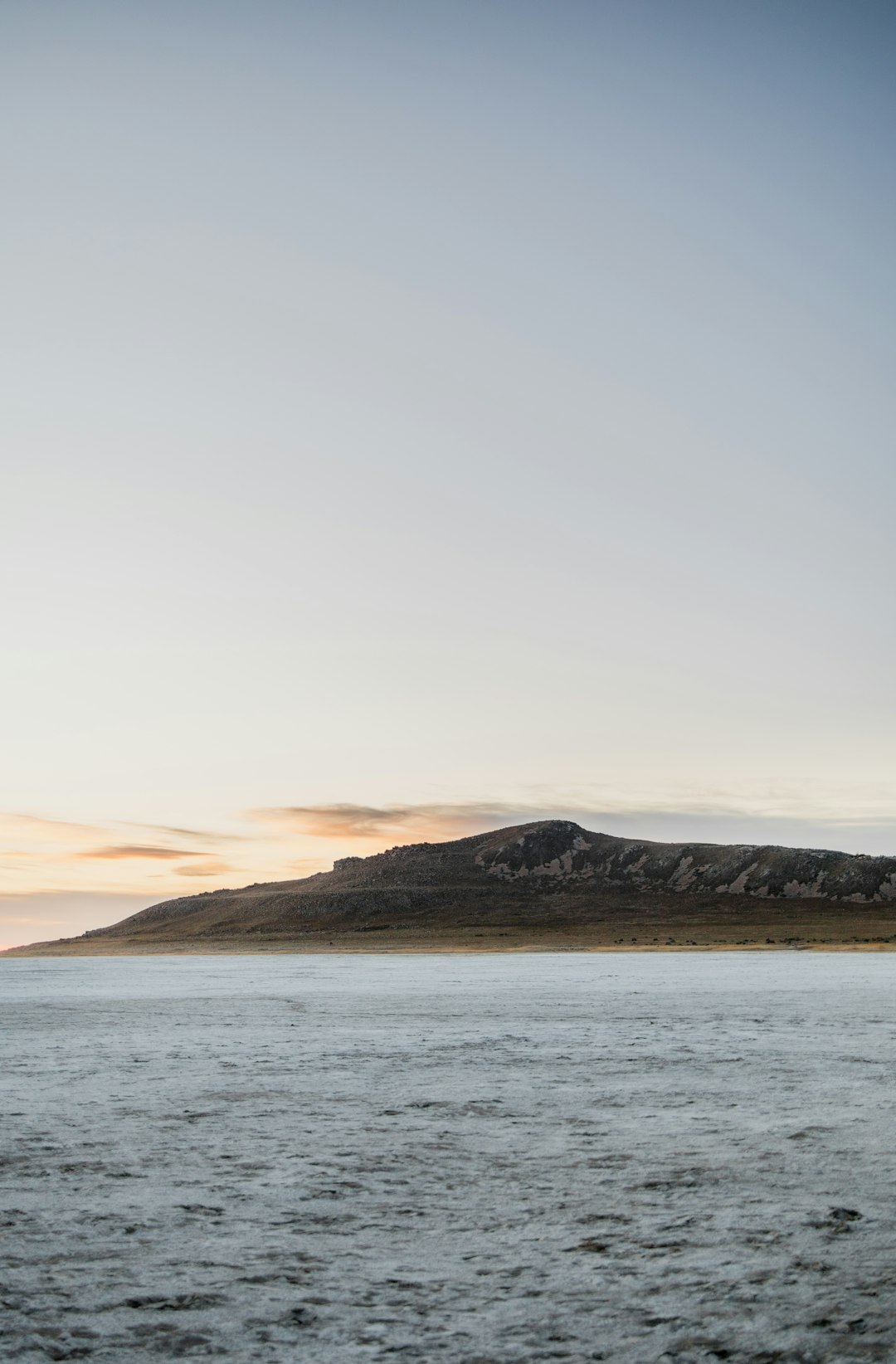All Nonfiction
- Bullying
- Books
- Academic
- Author Interviews
- Celebrity interviews
- College Articles
- College Essays
- Educator of the Year
- Heroes
- Interviews
- Memoir
- Personal Experience
- Sports
- Travel & Culture
All Opinions
- Bullying
- Current Events / Politics
- Discrimination
- Drugs / Alcohol / Smoking
- Entertainment / Celebrities
- Environment
- Love / Relationships
- Movies / Music / TV
- Pop Culture / Trends
- School / College
- Social Issues / Civics
- Spirituality / Religion
- Sports / Hobbies
All Hot Topics
- Bullying
- Community Service
- Environment
- Health
- Letters to the Editor
- Pride & Prejudice
- What Matters
- Back
Summer Guide
- Program Links
- Program Reviews
- Back
College Guide
- College Links
- College Reviews
- College Essays
- College Articles
- Back
The Impending Effects of Drought in Utah
The State of Utah has many rich and bountiful resources, not the least of which is the Great Salt Lake, home to many diverse species as well as a vital source of life in Utah’s desert environment. Recently, however, amid ongoing drought, climate change, and sudden population growth, the Salt Lake has dropped to record lows, and many estimates predict it will be completely gone in 5-10 years if there is not dramatic action taken. I believe that although the situation is dire, Utah is capable of taking this dramatic action and preventing the loss of the lake.
To illustrate some of what might happen without the lake, a good example would be the nearly extinct ghost town called Keeler, near Los Angeles. It currently hosts a population of around 70 people, an abandoned school, an abandoned train station, a long-closed general store, and a small post office that opens for two hours in the morning. However, this town wasn’t always so dilapidated-- in fact, in the early 1900s, it was a booming settlement. What happened? The simplest explanation is Owens Lake (or the lack thereof). In 1913, the river that fed Owens Lake was completely diverted to the quickly growing city of Los Angeles, and the lake soon dried up completely. Consequently, when any wind picked up on the bare lake bed, it turned the whole surrounding area into a dust bowl; the lake was, and still is, one of the largest single sources of dust pollution in the US.
What would have happened if a Owens Lake-type situation were to happen in one of the most densely populated areas in the west? The dust cloud that enveloped Keeler and its surrounding area had 138 times the amount of PM10 (particulate matter 10 micrometers or smaller, which can lodge in the lungs when inhaled and has been linked to worsened asthma, heart attacks and premature death) that the US Environmental Protection Agency has deemed safe for humans. As harmful as dust was to Keeler, California, such an event would be catastrophic in an area such as Salt Lake City, with a major city near a massive lake. Unfortunately, without intervention to slow the loss of water, this catastrophe is imminent.
To add to the problem, the Great Salt Lake lake bed is not only dusty, but toxic as well. Among the minerals deposited in the lake is the mineral arsenic. While relatively harmless in the water, the mineral would be blown into the air along with the dust and into the lungs of the people in Salt Lake Valley.
And the dust isn’t the only problem with the Great Salt Lake drying. Much of Utah’s desert ecosystem relies on the lake, as well as migratory birds that depend on brine shrimp and the wetlands. A collapse of the ecosystem would be expected. And because the area’s hydrology depends on the lake to regulate the snowpack in the mountains, the problem would only worsen as the water cycle is thrown out of stability.
Fortunately, not all hope is lost. In an interview about his priorities for the upcoming legislative session, Governor Cox stated that “on my watch we are not allowing the lake to go dry”. Preserving the lake is high on his list of priorities for the session. I firmly agree with him on this issue, and am thankful that this isn’t a case where we stand and watch as the consequences of our actions take place, without intervening and changing our ways. Governor Cox has made a huge step in the right direction by stating his commitment to save the Great Salt Lake.
In conclusion, the Great Salt Lake must be preserved. I’m hopeful for what the future holds, despite drought being a very difficult problem to solve. I trust in Governor Cox and his administration to make the right decisions with the pressing issue at hand. It will require work and sacrifice, but I believe that the people of Utah can make a change to save the Great Salt Lake, the ecosystem, and Salt Lake Valley.
Similar Articles
JOIN THE DISCUSSION
This article has 0 comments.

